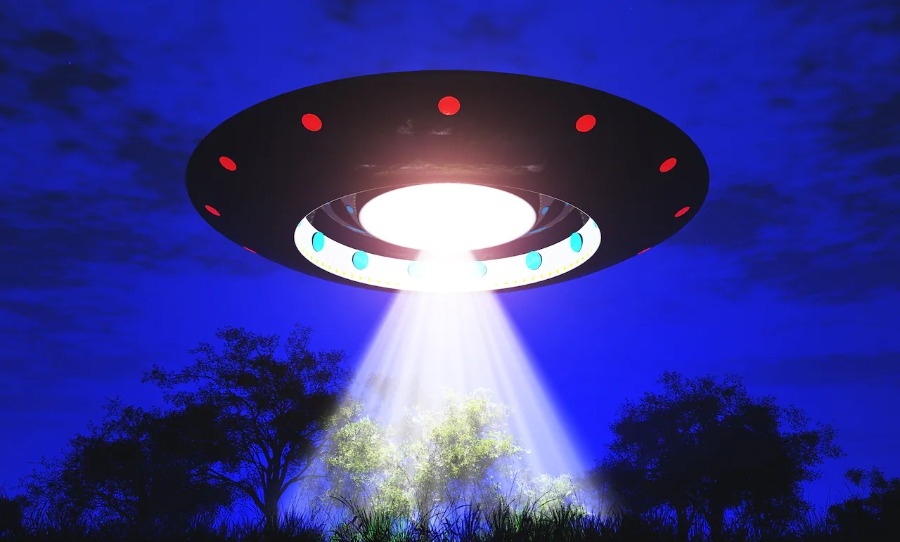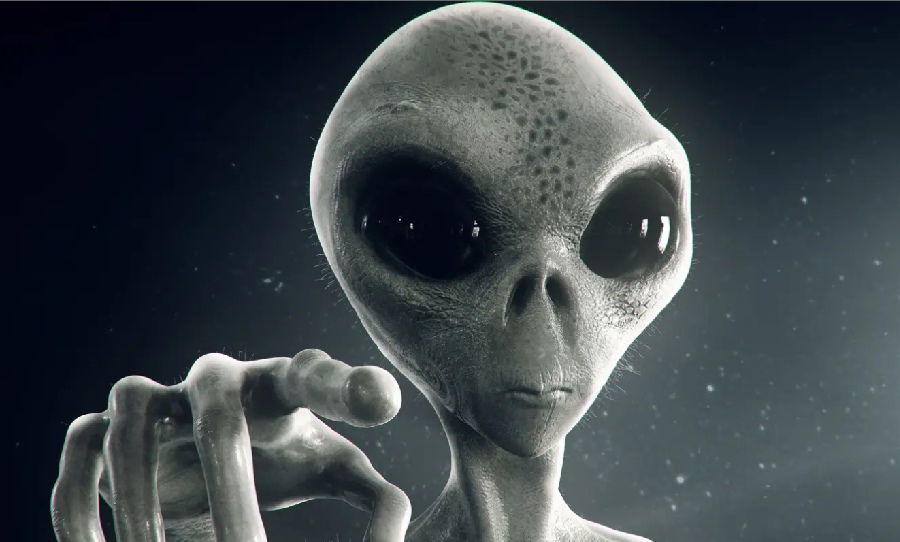Scientists at NASA have determined humanity needs a plan for when we discover alien life. Wouldn’t want to start off empty handed, would you?
In an article recently published in Nature, six NASA scientists have proposed the world needs to be prepared for when alien life is discovered.
“Our generation could realistically be the one to discover evidence of life beyond Earth,” the article reads.

“With this privileged potential comes responsibility… As life-detection objectives become increasingly prominent in space sciences, it is essential to open a community dialogue about how to convey information in a subject matter that is diverse, complicated and has a high potential to be sensationalised”.
In other words, if the Martians were to arrive on our planet next month, we’d need globally recognised criteria to determine whether or not the Martians are living, breathing beings or if they’re something else. To do this, the article argues that alien life needs to be examined “as a progressive endeavour” rather than as a black-and-white issue.
If the kind of technological superiority that we attribute to aliens is true and if they wanted us dead, we’d have been long gone by now. We must stop hyperventilating on this subject. If they turn adversarial it’s nighty-night anyway.
— 🅹🅰🆈 (@JS93096041) October 28, 2021
How do the scientists propose to do this? With a scale known as “CoLD” (the “Confidence of Life Detection” scale). Spanning seven levels, the CoLD scale covers both the potential living organism being examined and the environment in which it was found.
Each level acts as one point of criteria. As outlined in the original article:
- Level one – “detection of a signal known to result from a biological activity”
- Level two – “contamination ruled out”
- Level three – “demonstration or prediction of biological production of signal in the environment of detection”
- Level four – “all known non-biological sources of signal shown to be implausible in that environment”
- Level five – “additional, independent signal from biology detected”
- Level six – “future observations that rule out alternative hypotheses proposed after original announcement”
- Level seven – “independent, follow-up observations of predicted biological behaviour in the environment”

When writing about the Nature article for IFLScience, astrophysicist Dr. Alfredo Carpineti says that the scale is much easier to understand when it’s used in context. Dr. Carpineti used the Allan Hills’ 84001 Martian meteorite as an example.
The 15-million-year-old space rock was discovered in Antarctica in 1984, and, according to another article on IFLScience, contained “organic molecules… [of] nitrogen” in its crust. This suggests that Mars could have “hosted the right environment for early life”.
According to Dr. Carpineti, the aforementioned fragment only reaches level three on the CoLD scale. This means that the meteorite contains enough evidence to warrant more scientific research, but said research will not determine whether alien life exists.
I'm of the mind that we shouldn't be looking to make contact with aliens. Look at the cultures on Earth. Anytime a more advanced culture comes into contact with a less advanced culture, the less advanced culture doesn't survive.
— dale sharman (@muhabba) October 30, 2021
While the NASA scientists acknowledged that the CoLD scale can’t be a definitive guide, they do hope that it will, at least, open up the discussion for future considerations.
“Whatever the outcome of the dialogue, what matters is that it occurs: that the community works together, now, to develop objective standards for evidence communication,” the article reads.



